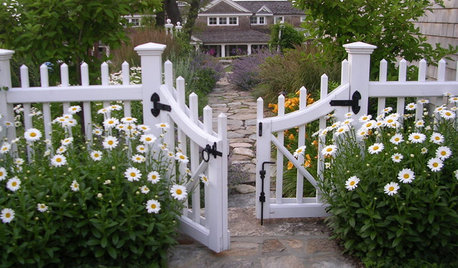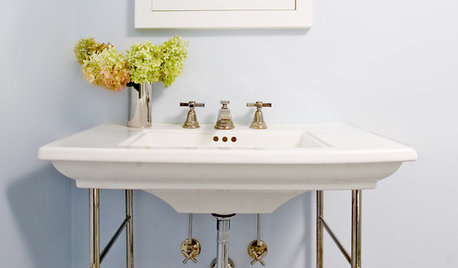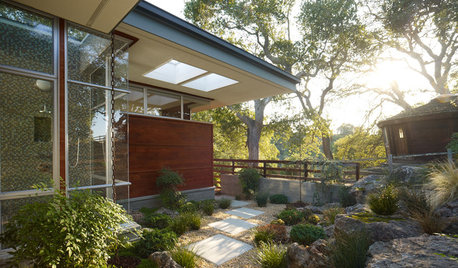on a tight budget so i'm doing as much as i can myself, i figure excavation is the most expensive part of repair a drain pipe.
Here is the story. Had a bubbling toilet when taking a shower and realized we had a clog in the drain pipes, the cleanout for the main drain is under the house in the crawl space in very confined area(home built in 1895 and has a stone foundation and additions with concrete block foundations). The backup was seeping out the cleanout forming a very unpleasant puddle of sewage in the crawl space. Called Roto Rooter to auger it out with the snake cable and the plumber was getting hung up in a spot about 20 feet from the house. Also the plumber couldn't get leverage behind his auger because he had to run it from outside the house up through the crawl space to the cleanout. He finally puched through the clog and thought there was a shift in the drain pipe in that spot, and when he remove the snake it had a bunch of wet wipes entangled upon it. Turned out my mother who is a paraplegic had been flushing them. It was a saturday so Roto Rooter got time and a half, the bill was $330.
Well decided to put a cleanout in the yard to avoid ever having to deal with sewage backup in the crawl space again and to repair the shift in the drain line. I am not experienced with plumbing, but my mother's friend's cousin is, so he is suppose to help me install the clean out and repair the drain line after I dig it all out. Well this is where it gets interesting.
I had marked out with stakes along the ground vibrations where the pipe was estimated to be when the plumber augered the line. I dug 3 ' down and 4 x 4 ' until I finally found a drain line, but it was old clay 1' sections of 4 " diameter pipe with no fittings connecting the sections, it was all the same size. I ran the bathwater and not a drop running throught the drain. So I figured it was the old drain line for a sceptic tank. So more digging a few feet to the left and another foot deeper and I found it, my drain line, it was a about 3.5 to 4 ft deep at the back of the house and makes a downhill run getting more shallow in depth before connecting to the sewer main. The pipe is glazed clay with male /female connections but no gravel around it like to other pipe, just burried in pure clay! I guess there was no plumbing codes or inspection back when the drain line was installed.
Here is where things took a turn for the worst. A few feet downhill in my trench I start hitting massive chuncks of concrete buried (pieces weighing a 100 lbs or more, as backfill I guess) and the pieces of concrete are literary stack the bottom 2 foot of trench only 1 " above the drain line. I remove a massive peice of concrete off the clay pipe and I see the pipe is cracked almost to peices, the top missing and under and around the pipe is sewage and wet wipes. Well I find pieces of the pipe in the sewage and realize this is going to a lot more work than just installing a yard clean out.
Whoever backfilled the trench with concrete or at a later time unknowing buried concrete debris on top of the drain line most liekly damaged the pipe and since Ive only dug up about 6' and still see more concrete buried right on top of the pipe i think this whole mound area is a debris pile with a foot of dirt on top of it. I see more concrete buried on the pipe in my trench so I figure i got 20' length of mound to excavate about 3' deep to the pipe with large pieces of concrete buried on top of it.
I have made progress digging but today hit a slab of concrete so big i had a 6' long by 6' wide and 6" thick piece exposed and dug up in the trench, but the other half is still buried outside my trenches boundry, so instead of digging up the whole piece I bought a 10lb sledge hammer and a concrete single point chisel to break this beast in half and get this the rest of this pipe dug up. I have dug halfway with a friend in 8 hours work so I figure we are making good progress.
With all the difficulties the plumber friend who was to aid me in installing the new pipe and cleanout backed out on us, guess he was to busy for pro bono work. So now its all up to me to repair the drain pipe. I talked to the city works Sanitation Supervisor who looked at it and ran dye down the line to make sure the drainage was reaching the sewer main. He said I would need 2 fernco couplings to connect 4" clay pipe to the new pvc piping, pvc piping to replace the broken section a wyre joint and plug for the cleanout, and said to pour a bit of cement around the coupling connections to make sure the pipe didn't shift. Said he would inspect the repairs when i was ready to backfill the trench.
I will need some guidance on this one when it comes to laying and connecting the pipe. I read plumbing code about having an 1/8 to 1/4 in slope per foot, tamping smooth gravel or sand in the bottom of the trench, around the sides after the pipe is layed, and tamping every 6" of backfill in the trench. I will definitly avoid any debris or incorrect backfill for this trench since that is what caused the problem.
I would like to get this right the first try and not make mistakes or buy something i don't need, any help would be appreciated greatly. After the whole trench is dug and all the concrete removed i will know how much pipe I'm replacing.
Will a hacksaw suffice to cut 4" pvc drain pipe?
What would be a cheap gravel for bedding? pea gravel?

















medieval18Original Author
lazypup
Related Professionals
Camarillo Kitchen & Bathroom Remodelers · Franconia Kitchen & Bathroom Remodelers · Green Bay Kitchen & Bathroom Remodelers · Lynn Haven Kitchen & Bathroom Remodelers · Martha Lake Kitchen & Bathroom Remodelers · North Arlington Kitchen & Bathroom Remodelers · Overland Park Kitchen & Bathroom Remodelers · Park Ridge Kitchen & Bathroom Remodelers · Pinellas Park Kitchen & Bathroom Remodelers · Roselle Kitchen & Bathroom Remodelers · South Park Township Kitchen & Bathroom Remodelers · Shaker Heights Kitchen & Bathroom Remodelers · Gibsonton Kitchen & Bathroom Remodelers · Forest Hills Kitchen & Bathroom Remodelers · Glenn Heights Kitchen & Bathroom Remodelersmedieval18Original Author
medieval18Original Author
Niko Okamoto
Jake The Wonderdog